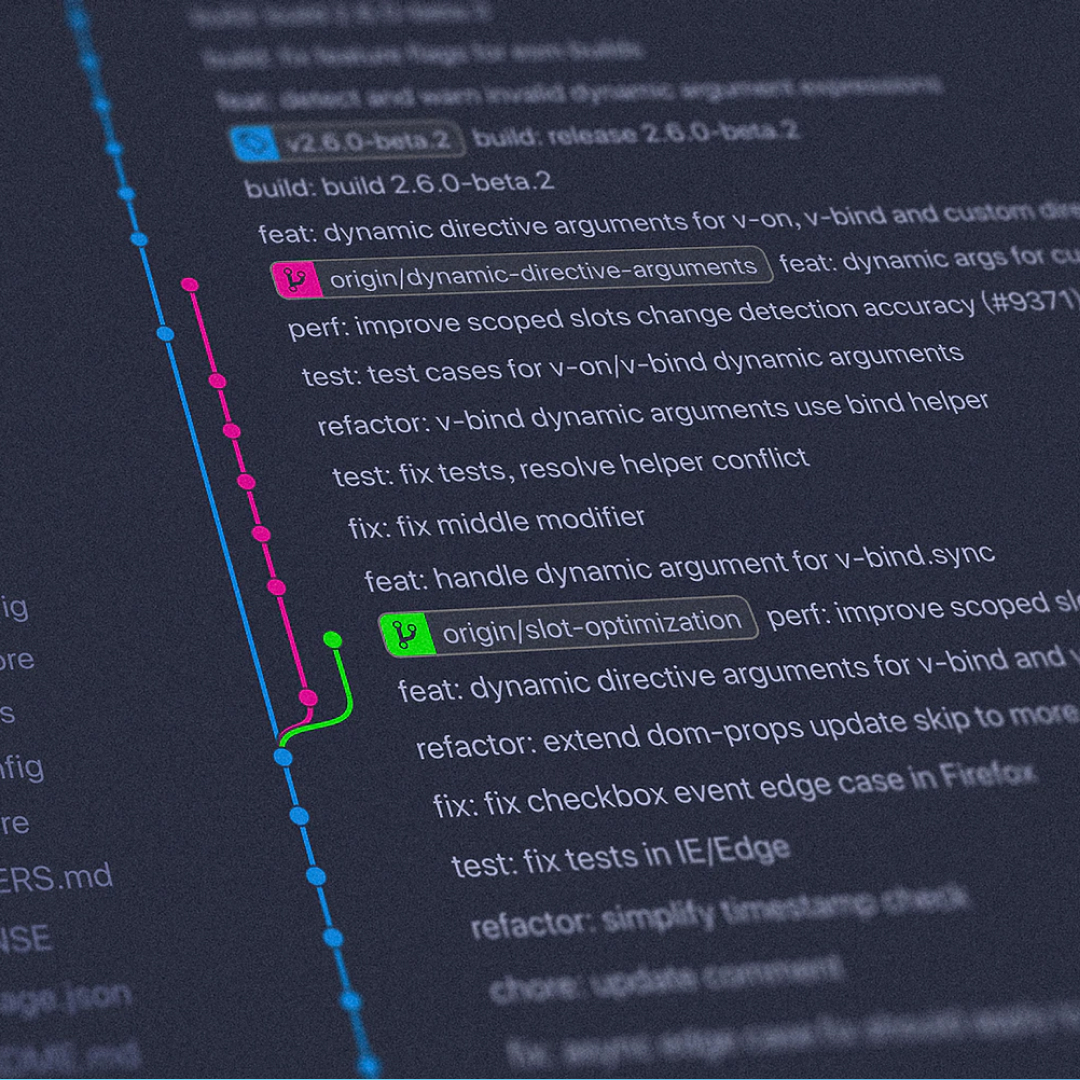Since 2009 when working on complex projects framework RubyOnRails began to displace other reinforce used in our company, such as CakePHP and Symphony. The growing popularity of Rails abroad has had on our company enough influence to really delve into the study of this framework.
Most of our latest projects developed with RubyOnRails.
Two words about Rails

Rails is a development tool which gives web developers a framework, providing structure for all the code they write. The Rails framework helps developers to build websites and applications, because it abstracts and simplifies common repetitive tasks.
In addition to MVC, Rails emphasizes the use of other well-known software engineering patterns and paradigms, including convention over configuration (CoC), don't repeat yourself (DRY), and the active record pattern.
Rails is written in Ruby, the programming language which is also used alongside Rails.
A key principle of Ruby on Rails development (henceforth ‘Rails’) is convention over configuration. This means that the programmer does not have to spend a lot of time configuring files in order to get setup, Rails comes with a set of conventions which help speed up development.
Another characteristic of Rails is the emphasis on RESTful application design. REST (Representational State Transfer) is a style of software architecture based around the client-server relationship. It encourages a logical structure within applications, which means they can easily be opened up as an API (Application Programming Interface).
From project management point of view, Ruby on Rails community advocate Agile web development – an iterative development method, that encourages collaborative and flexible approach, which is particularly well suited for web application development with fast changing requirements.
The benefits of Ruby on Rails
Three largest benefits you can expect with Ruby on Rails are:
Quicker launch
Sites that would traditionally take 12 weeks to build can commonly be launched inside of 6 weeks with Ruby on Rails. This time savings results from a few factors: a leaner code-base (fewer lines of redundant code), a modular design , and the availability of existing plugins (again, reducing the need to build features from scratch).
Easier changes
After site launch, future modifications to your site (e.g., adding new features, making changes to the data model) can be made more quickly, for the same reasons noted above.
More cost-effective
Because of the speed with which Rails sites can be built and modified, you spend less money to create and maintain the website — without compromising the quality, performance, or scalability of your site.




